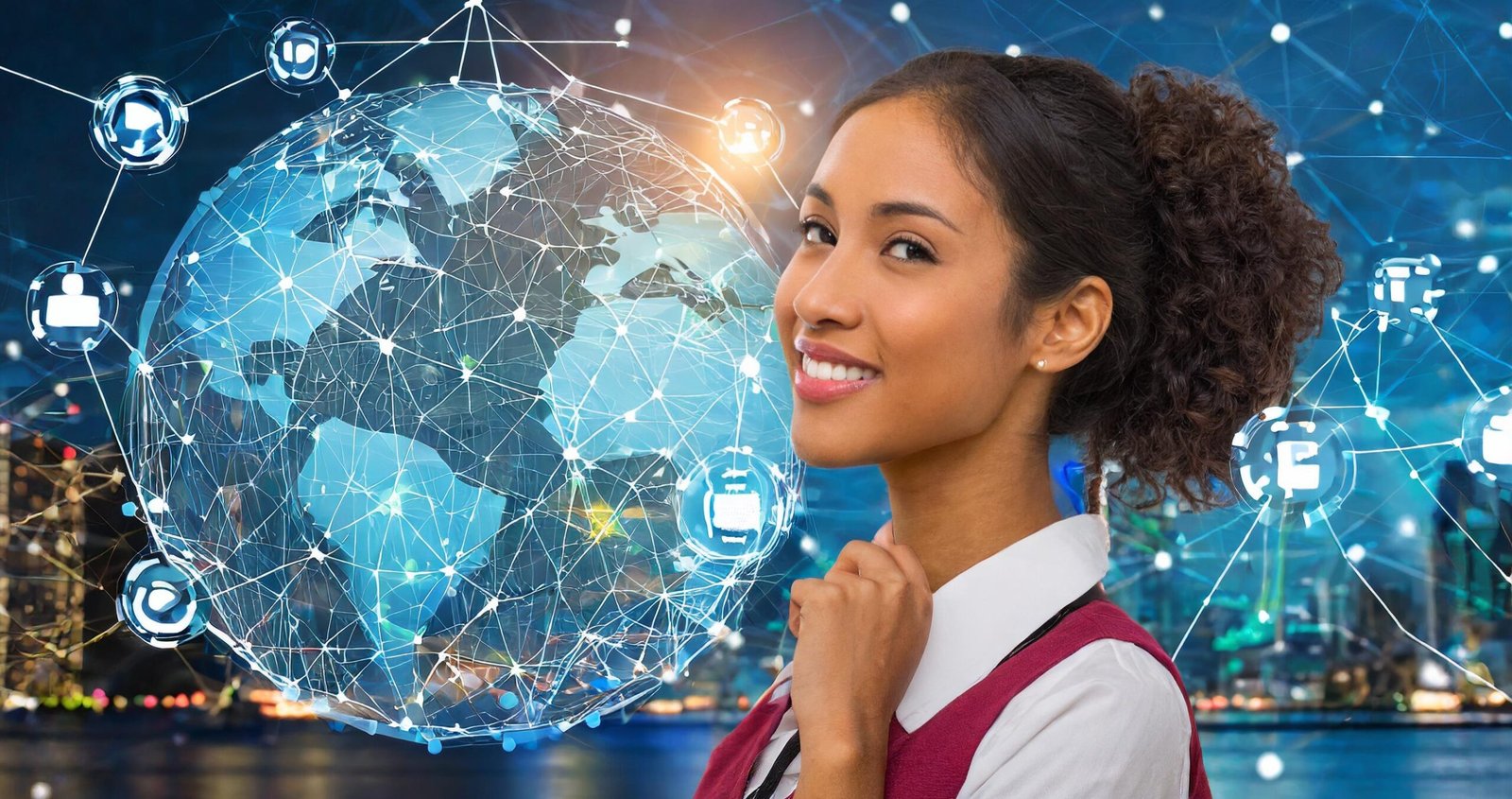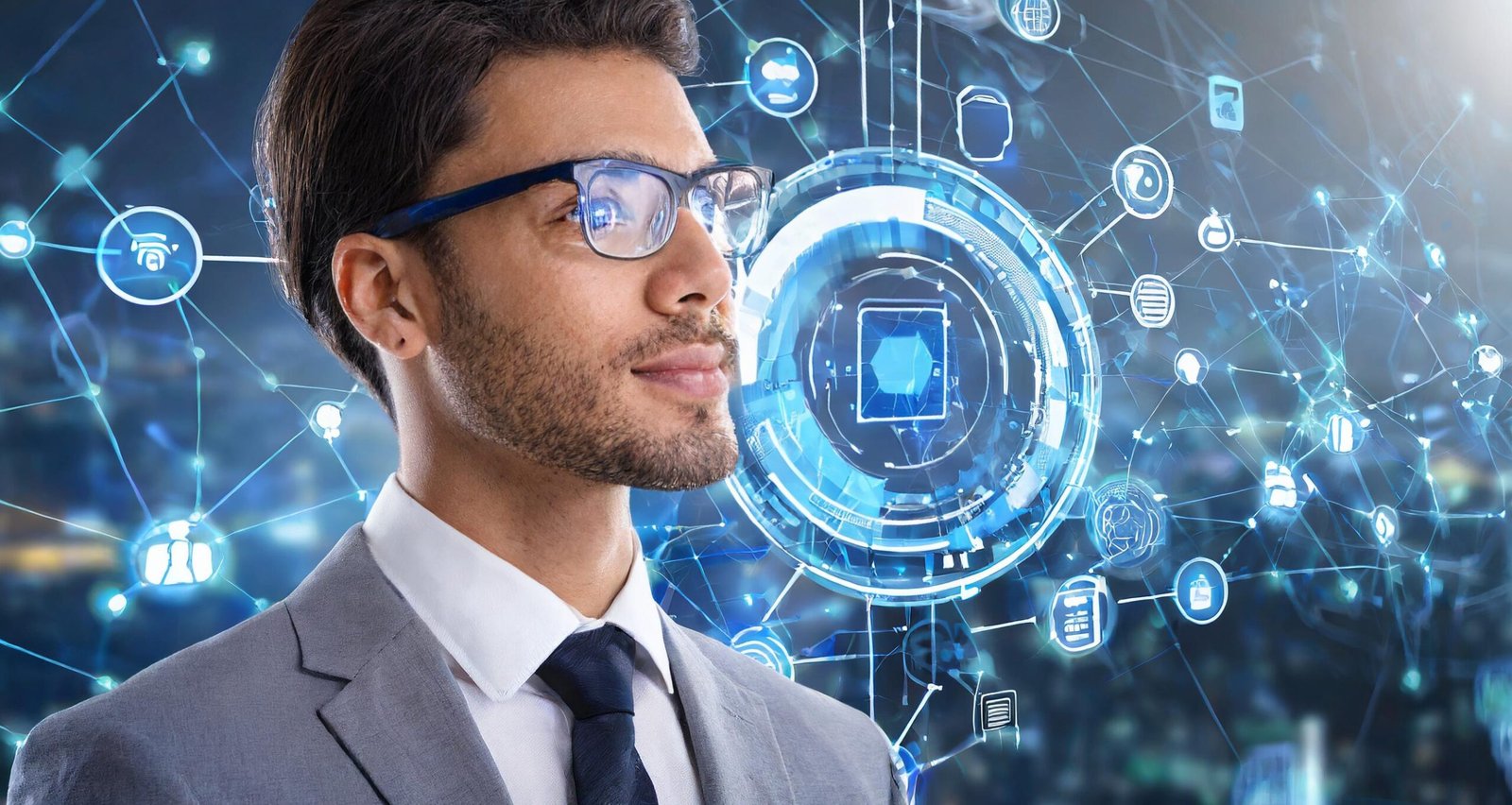Human vs Machine Learning: Exploring the Dynamics of Learning
Human vs Machine Learning: Learning serves as the bedrock of intelligence, shaping our comprehension of the world and furnishing us with the tools to navigate it effectively. However, the processes through which humans and machines learn exhibit marked disparities. This article embarks on an exploration of human learning and machine learning, unraveling their distinct mechanisms, strengths, and applications.
The Human Touch: A Multifaceted Journey
Human learning manifests as a multifaceted expedition, drawing from diverse avenues. Our learning journey commences with firsthand experiences, wherein we absorb information through sensory interactions with the environment. Additionally, observation plays a pivotal role; we learn by observing and emulating others. Formal education supplements these experiences by providing structured learning environments conducive to fostering critical thinking skills.

Yet, human learning transcends mere data assimilation. It encompasses the remarkable ability to engage in reasoning, analyzing information to draw logical inferences. Moreover, humans possess the faculty of generalization, allowing us to apply acquired knowledge to novel scenarios. Intuition, often described as a gut feeling, serves as another hallmark of human learning, guiding decision-making processes.
The Machine Mind: Harnessing Patterns for Power
In contrast, machine learning thrives on the bedrock of data. Complex algorithms serve as the backbone of machine learning endeavors. These algorithms undergo training on extensive datasets, facilitating the identification of intricate patterns and correlations within the data. Consequently, machines refine their performance over time through iterative learning processes.
Machine learning encompasses various modalities. Supervised learning entails training machines with labeled datasets, where each data point corresponds to a predetermined outcome. Unsupervised learning, conversely, operates on unlabeled data, enabling machines to discern latent patterns autonomously. Reinforcement learning mimics a reward-based system, allowing machines to refine their behavior through trial and error.

One of the paramount strengths of machine learning lies in its unparalleled capacity to process colossal datasets. Machines excel in identifying intricate patterns that might elude human perception, thereby yielding invaluable insights.
A Comparative Analysis: Human Learning vs. Machine Learning
| Factor | Human Learning | Machine Learning |
|---|---|---|
| Learning Process | Experiential learning, observation, and formal education | Algorithmic processing, data analysis |
| Data Dependency | Relies on diverse real-world experiences | Requires extensive datasets for training |
| Adaptability | Highly adaptable to novel situations | May face challenges with unprecedented scenarios |
| Generalization | Ability to extrapolate knowledge to new contexts | Relies on data similarities for generalization |
| Strengths | Critical thinking, intuition, and adaptability | Data processing, pattern recognition |

Real-World Applications: Bridging the Gap
Human learning serves as the catalyst for progress across various domains, including scientific breakthroughs, engineering innovations, and artistic endeavors. Conversely, machine learning exerts a profound influence on diverse spheres, ranging from medical diagnostics to financial fraud detection and personalized product recommendations. As machine learning continues to evolve, its applicative horizons are poised to expand exponentially.
The Future of Learning: Synergy in Diversity
The trajectory of learning evolution foresees a paradigm shift from competition to collaboration between humans and machines. By synergizing the inherent strengths of both entities, we can unlock unprecedented possibilities. While machine learning can automate repetitive jobs and free up human time for more complex endeavors, human ingenuity and critical thinking can also contribute to the development of machine learning algorithms.

Conclusion
Human learning and machine learning epitomize divergent yet complementary pathways to knowledge acquisition. By recognizing and harnessing their respective strengths, we can forge a path towards a future brimming with possibilities. As these domains continue to evolve synergistically, the potential for collaborative innovation knows no bounds.
FAQs (Frequently Asked Questions)
- Is machine learning a replacement for human learning?
- No, machine learning serves as a tool to augment human capabilities rather than replace them entirely. Both forms of learning possess unique strengths that can be leveraged in tandem for optimal results.
- What are some examples of real-world applications of human learning?
- Human learning underpins advancements across various disciplines, such as scientific research, artistic endeavors, and technological innovations.
- How does machine learning contribute to medical diagnostics?
- Machine learning algorithms analyze medical data with exceptional precision, aiding in the early detection and diagnosis of diseases.
- Can machines exhibit intuition like humans?
- While machines lack human-like intuition, they can simulate decision-making processes based on learned patterns and algorithms.
- What does the future hold for the collaboration between humans and machine learning?
- The future entails deeper integration and collaboration between humans and machine learning, fostering innovative solutions to complex problems.

3 thoughts on “Human vs Machine Learning”